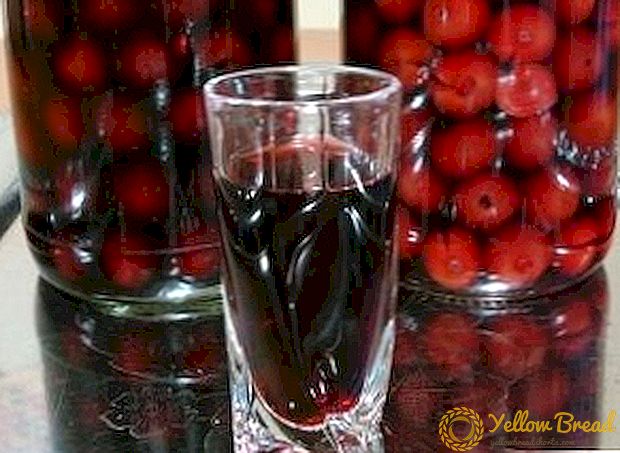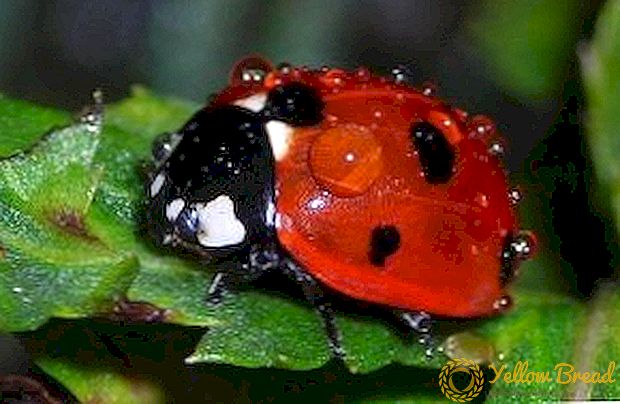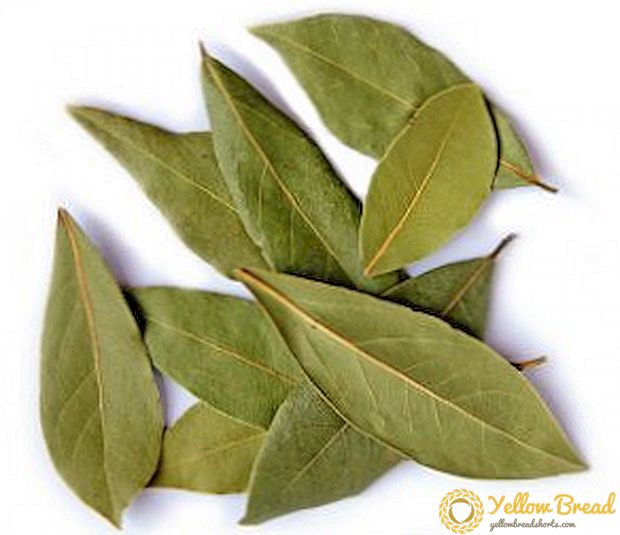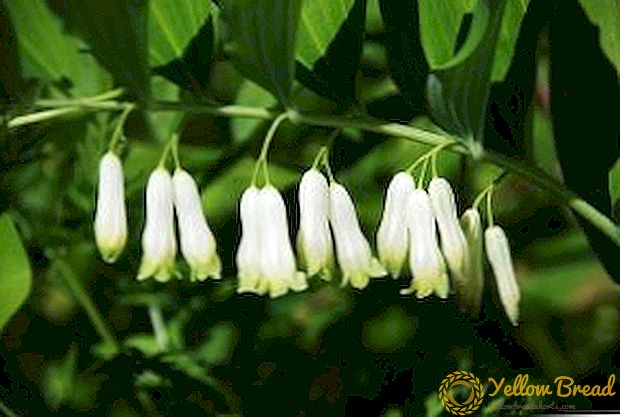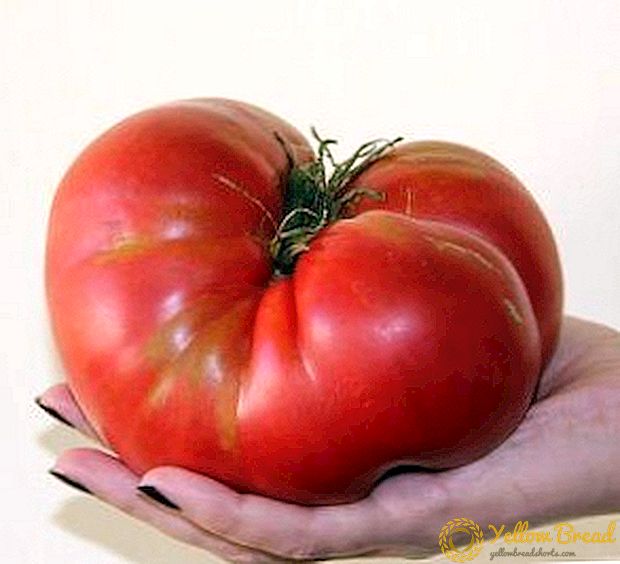
Sensei - a great variety for all who prefer sweet, fleshy, large tomatoes. Sort Tomato Sensei undemanding to care, but very fond of feeding, reacting excellent harvest.
Grown in greenhouses, under the film or in the beds, fruits until frost.
Tomato Sensei variety description
Sensei is an early ripe high-yielding variety. Bush determinant, compact, stem-type.
Bush determinant, compact, stem-type.
In greenhouses it grows up to 1.5 m, on open beds it looks more miniature.
The amount of green mass is moderate, the leaf is simple, dark green, medium-sized. Tomatoes ripen in small clusters of 3-5 pieces.
Fruiting lasts until frost, the last tomatoes break down in the stage of technical ripeness for ripening at room temperature.
The fruits are large, fleshy, weighing up to 400 g. The shape is rounded-heart-shaped, with pronounced ribbing at the stem.
The color of ripe tomatoes is juicy red and raspberry. The flesh is tender, homogeneous, low seed, sugary. Taste is rich, sweet, refreshing.
Origin and Application
Variety of tomato Sensei Siberian breeding, suitable for cultivation in various regions.Tomatoes can be grown in film shelters, greenhouses or open ground.
Sensei tomatoes are ideal for salads, hot dishes, soups, sauces, mashed potatoes. Ripe fruit makes a delicious thick juice. Suitable for baby and diet food.
Advantages and disadvantages
Among main advantages varieties:
- high taste of fruits;
- good yield;
- resistance to major diseases of the nightshade.
There are no drawbacks in the Sensei tomato variety. The only difficulty is the need to form bushes and the sensitivity of tomatoes to the quality and quantity of top dressing.
A photo
See below: Tomato Sensei photo




Features of growing
No disinfection required, the necessary processing of the seed material takes place before the sale. For greater airiness, the mixture is supplemented with sifted river sand, the nutritional value will be increased by a small portion of superphosphate, potassium fertilizers or wood ash.
Picking seedlings held when 2–3 true leaves unfold. After transplanting young tomatoes are fed liquid complex fertilizer. Watering is moderate, from a spray bottle or a small-mesh watering can, only warm settled water is used.
Transplantation to a permanent place of residence is carried out when the soil warms up completely and the night frosts stop. Soil is carefully loosened, complex fertilizer (for example, superphosphate) is expanded in the wells.
Shrubs are formed in 1 or 2 stems with the removal of lateral shoots. After the start of fruiting heavy branches are tied to supports.
Pests and Diseases: Control and Prevention
 Sensei Tomatoes resistant to major diseases family solanaceous. They are rarely affected by late blight, fusarium or verticillary wilt, tobacco mosaic.
Sensei Tomatoes resistant to major diseases family solanaceous. They are rarely affected by late blight, fusarium or verticillary wilt, tobacco mosaic.
but preventive measures to prevent serious ailments are needed.
These include airing, regular weeding and spraying plantings with anti-fungal bio-preparations.
Insect pests attacking the fresh greens of tomatoes, very weaken the plants.
To detect uninvited guests, plantings need to be inspected weekly, looking under the leaves.
Potent insecticides will help to destroy volatile insects, processing is carried out 2-3 times. Slugs are harvested by hand, and then sprayed planting with an aqueous solution of ammonia.
Sensei Tomatoes deserve to be registered in your garden. They do not disappoint gardeners, have virtually no flaws. Seeds for subsequent landings you can collect yourselffrom overripe fruit.

